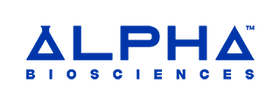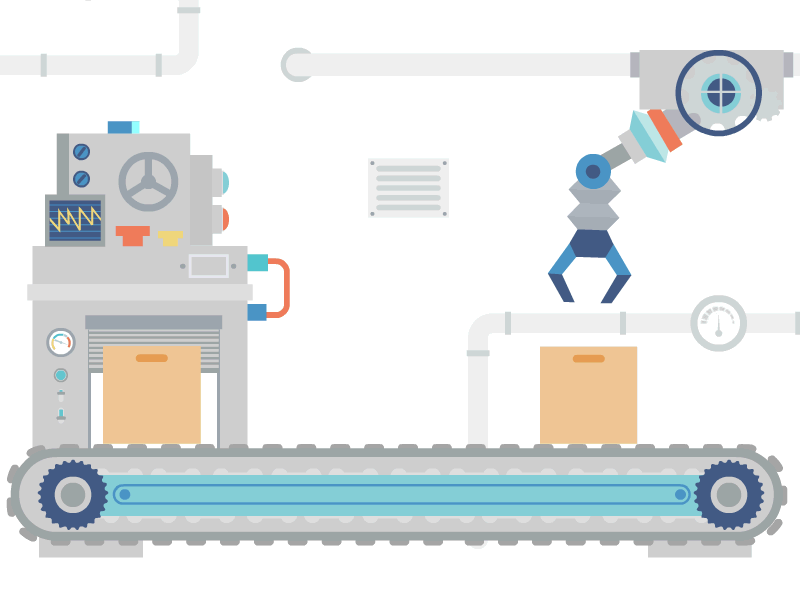News & Events
Risks and Control of Wild Yeasts in Modern Brewing
In most breweries, wild yeasts are more of a nightmare than a useful resource. Except in specific cases, such as lambic beers, where they are allowed to work freely, their presence usually causes problems: unexpected flavors, uncontrolled carbonation, and beers that change completely just when they should be ready to drink. They are unwelcome visitors that sneak in at the slightest oversight and can ruin weeks of work. That's why understanding how they arrive, what they do, and how to recognize
…
Nov 25th 2025
This Summer Beware of an Old Enemy of Microbiology
With the arrival of summer and the increase of tourism on our coasts, it is important to remember an old enemy in the field of microbiological safety:
Vibrio spp.
These gram-negative, halophilic and facultatively anaerobic bacteria are naturally present in salty and brackish coastal waters.
The genus Vibrio includes at least 12 species pathogenic to humans, eight of which are associated with foodborne infections. These include V. alginolyticus, V. parahaemolyticus, Vibrio
…
Jun 27th 2025
STEC: The Pathogen You Can't Afford to Miss
Although the U.S. food supply is generally considered safe, tens of millions of Americans get sick from foodborne illness every year, and some die, according to estimates from the Department of Health and Human Services’ (HHS) Centers for Disease Control and Prevention (CDC). One bacterium that is part of this group of foodborne pathogens, and perhaps the best known by the public, is E. coli, in its serotype O157:H7 also known as STEC (Shiga toxin-producing E. coli)
What is STEC and
…
May 29th 2025
Our New Weapon to Stop Salmonella Outbreaks
Imagine a single contaminated batch of processed chicken generating hundreds of cases of salmonellosis across the country. This is not an isolated story: it happens every year in the U.S. and costs the food industry millions of dollars. Behind these outbreaks, Salmonella is the repeated name. Detecting it quickly, accurately, and inexpensively is more than an advantage: it is a necessity.
What should we know about Salmonella?
If we talk about food contamination, it is impossible to o
…
Apr 23rd 2025
Less Time, More Safety: The Chromogenic Revolution in the Control of Listeria Monocytogenes
When evaluating foodborne pathogens, focusing solely on disease incidence risks overlooking one of the most dangerous: Listeria monocytogenes. Despite affecting only about 1,600 people a year in the U.S., more than 94% require hospitalization. Even with proper treatment, its high mortality rate (20%-30%) makes Listeria monocytogenes the deadliest foodborne pathogen.
Given it's severity, Listeria spp is a major cause of food safety concern, often resulting in batch reca
…
Mar 27th 2025
The Challenges of Food Safety and Our Solutions
The simplest and most direct answer is that food provides an ideal environment for microorganisms to thrive. It contains the necessary nutrients and conditions for their development, and as we all know, their presence can pose serious health risks to consumers. According to the U.S. federal government, foodborne illnesses affect 48 million people annually in the U.S.—equivalent to 1 in 6 Americans—sometimes leading to severe, life-threatening conditions.
Microbiological Cont
…
Mar 4th 2025







